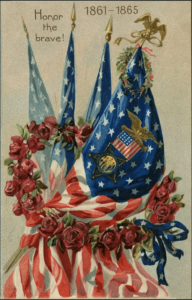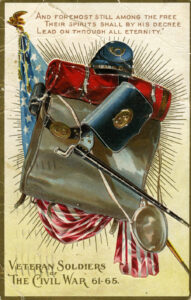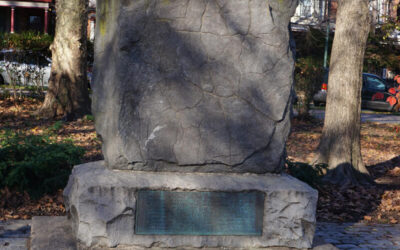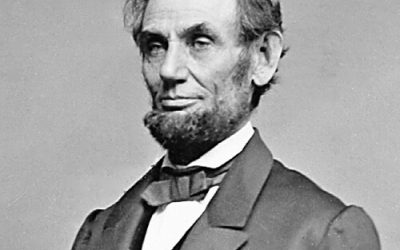Each year, on the last Monday in May, Americans pause to remember the brave individuals who gave their lives in service to the United States. But how did this tradition begin, and why is it such an important part of our national identity? The history of Memorial Day offers a powerful lesson in remembrance, unity, and gratitude.
From “Decoration Day” to Memorial Day
The roots of Memorial Day stretch back to the aftermath of the Civil War — a conflict that claimed more American lives than any other. On May 5, 1868, Maj. Gen. John A. Logan, leader of a group of Union veterans called the Grand Army of the Republic (GAR), officially established Decoration Day. He called on Americans to decorate the graves of fallen soldiers with flowers every year on May 30, a date chosen because flowers would be blooming across the country.
The first large observance took place that same year at Arlington National Cemetery, once the estate of Confederate General Robert E. Lee. Over 5,000 people gathered. Children from the Soldiers’ and Sailors’ Orphan Home, GAR members, and even Gen. Ulysses S. Grant and his wife attended. Flowers were placed on both Union and Confederate graves, as hymns were sung and prayers were spoken — a powerful sign of reconciliation and healing.
Who Celebrated It First?

Many towns claim to be the birthplace of Memorial Day, including:
- Boalsburg, Pennsylvania (claims observances in 1864)
- Carbondale, Illinois (home of Gen. Logan, held events in 1866)
- Columbus and Macon, Georgia, and Richmond, Virginia
In 1966, the U.S. government officially named Waterloo, New York the birthplace of Memorial Day. On May 5, 1866, the entire town closed businesses and flew flags at half-staff to honor Civil War veterans. What set Waterloo apart, according to supporters, was that their observance was community-wide and annual.
Expanding the Meaning
By the late 1800s, Memorial Day was being observed across the country. After World War I, the holiday’s purpose expanded to honor all Americans who died in military service, not just those from the Civil War.
In 1971, Congress declared Memorial Day a national holiday, to be observed on the last Monday in May. Though many still use the term “Decoration Day,” the modern name reflects the broader scope of remembrance.
“Let No Neglect… Testify We Have Forgotten”
In his original 1868 order, Gen. Logan wrote, “We should guard their graves with sacred vigilance… Let no neglect, no ravages of time, testify to the present or to the coming generations that we have forgotten… the cost of a free and undivided republic.” His words still echo in the hearts of those who celebrate Memorial Day today.
At Arlington and national cemeteries across the country, the tradition of placing American flags on every grave continues. That first crowd of 5,000 attendees in 1868 is still matched today by thousands who gather for solemn ceremonies each year.
A Moment to Reflect
To ensure we don’t lose the meaning behind the holiday, Congress created the National Moment of Remembrance in December 2000. The law encourages all Americans to pause at 3 p.m. local time on Memorial Day for one minute of silence to honor the fallen.
As Carmella LaSpada, founder of the Moment of Remembrance, reminds us:
“It’s a way we can all help put the ‘memorial’ back in Memorial Day.”
For the Classroom
Teachers:
- Use this story as a primary source analysis or discussion prompt.
- Explore regional differences in Civil War memory.
- Connect Memorial Day to ancient traditions, such as Pericles’ tribute to Athenian soldiers.
Students:
- Interview a veteran or family member about what Memorial Day means to them.
- Create a visual timeline of Memorial Day’s evolution.
- Write a reflective journal entry at 3 p.m. on Memorial Day.
Memorial Day is not just the unofficial start of summer. It’s a sacred time to reflect, remember, and give thanks. Let us never forget the cost of the freedoms we enjoy.





0 Comments